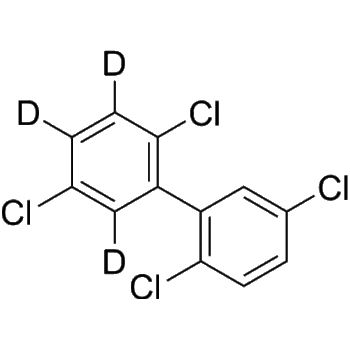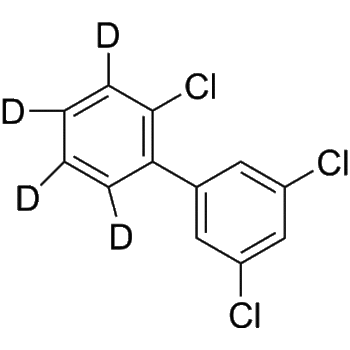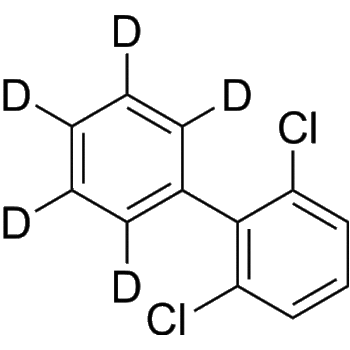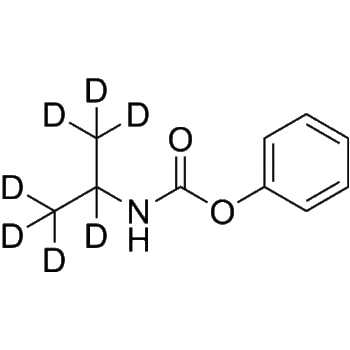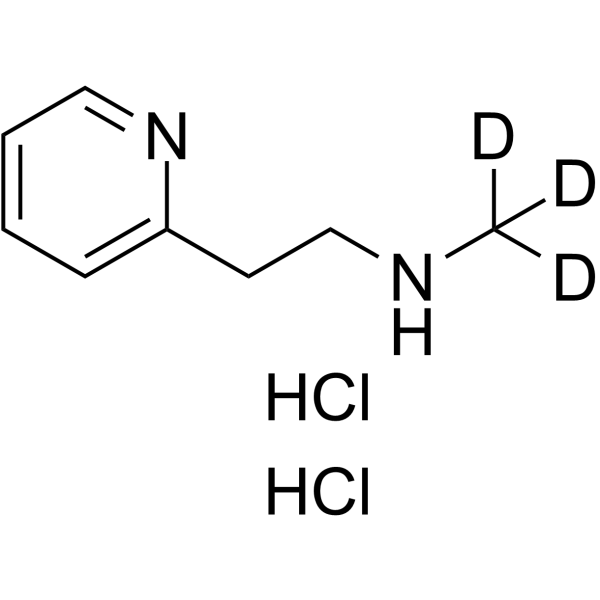
Download Files:
Betahistine-d3 (dihydrochloride)
$170 – $780
Products Details
Product Description
– Betahistine-d3 (dihydrochloride) is the deuterium labeled Betahistine dihydrochloride. Betahistine dihydrochloride is an orally active histamine H1 receptor agonist and a H3 receptor antagonist[1]. Betahistine dihydrochloride is used for the study of rheumatoid arthritis (RA)[3].
Web ID
– HY-B0524AS
Storage Temperature
– -20°C (Powder, sealed storage, away from moisture)
Shipping
– Blue Ice
Molecular Formula
– C8H11D3Cl2N2
References
– [1]Russak EM, et al. Impact of Deuterium Substitution on the Pharmacokinetics of Pharmaceuticals. Ann Pharmacother. 2019;53(2):211-216. |[2]Poyurovsky M, et al. The effect of betahistine, a histamine H1 receptor agonist/H3 antagonist, on olanzapine-induced weight gain in first-episode schizophrenia patients. Int Clin Psychopharmacol. 2005 Mar;20(2):101-3.|[3]Gbahou F, et al. Effects of betahistine at histamine H3 receptors: mixed inverse agonism/agonism in vitro and partial inverse agonism in vivo.J Pharmacol Exp Ther. 2010 Sep 1;334(3):945-54.|[4]Tang KT, et al. Betahistine attenuates murine collagen-induced arthritis by suppressing both inflammatory and Th17 cell responses.Int Immunopharmacol. 2016 Oct;39:236-245.
CAS Number
– 244094-72-2
Molecular Weight
– 212.13
Compound Purity
– 99.0
SMILES
– [2H]C([2H])([2H])NCCC1=CC=CC=N1.Cl.Cl
Clinical Information
– No Development Reported
Research Area
– Endocrinology; Inflammation/Immunology; Neurological Disease
Solubility
– 10 mM in DMSO
Target
– Histamine Receptor
Isoform
– H1 Receptor
Pathway
– GPCR/G Protein;Immunology/Inflammation;Neuronal Signaling
Product type
– Isotope-Labeled Compounds
Disclaimer: All products are for Research use only unless clearly stated otherwise on the product datasheet. Datasheets provided on the website are drafts for reference purpose only and you are requested to always refer to the hard copy included in the kit for your experimentation. Agdia Products are available for delivery only in Canada.


